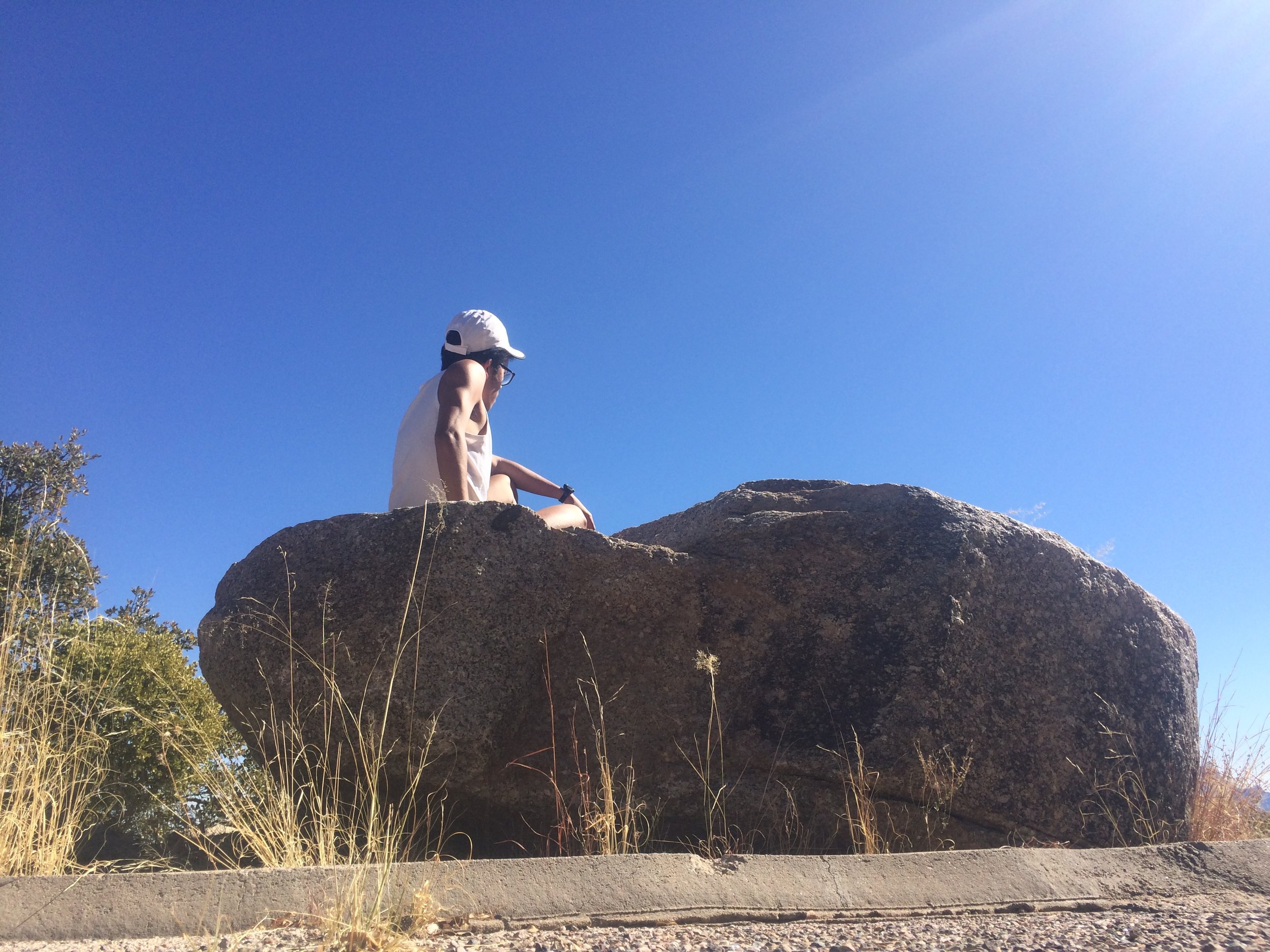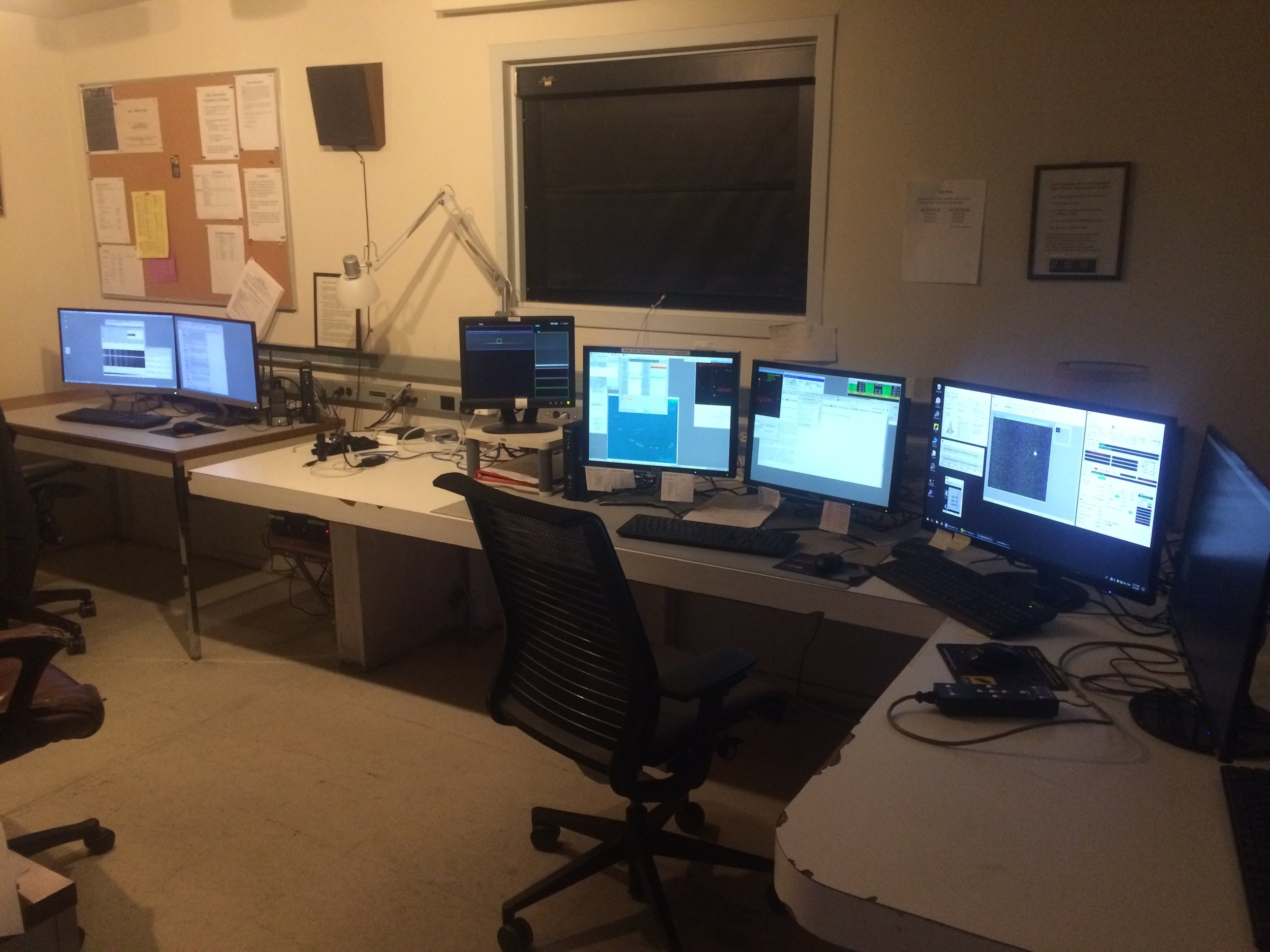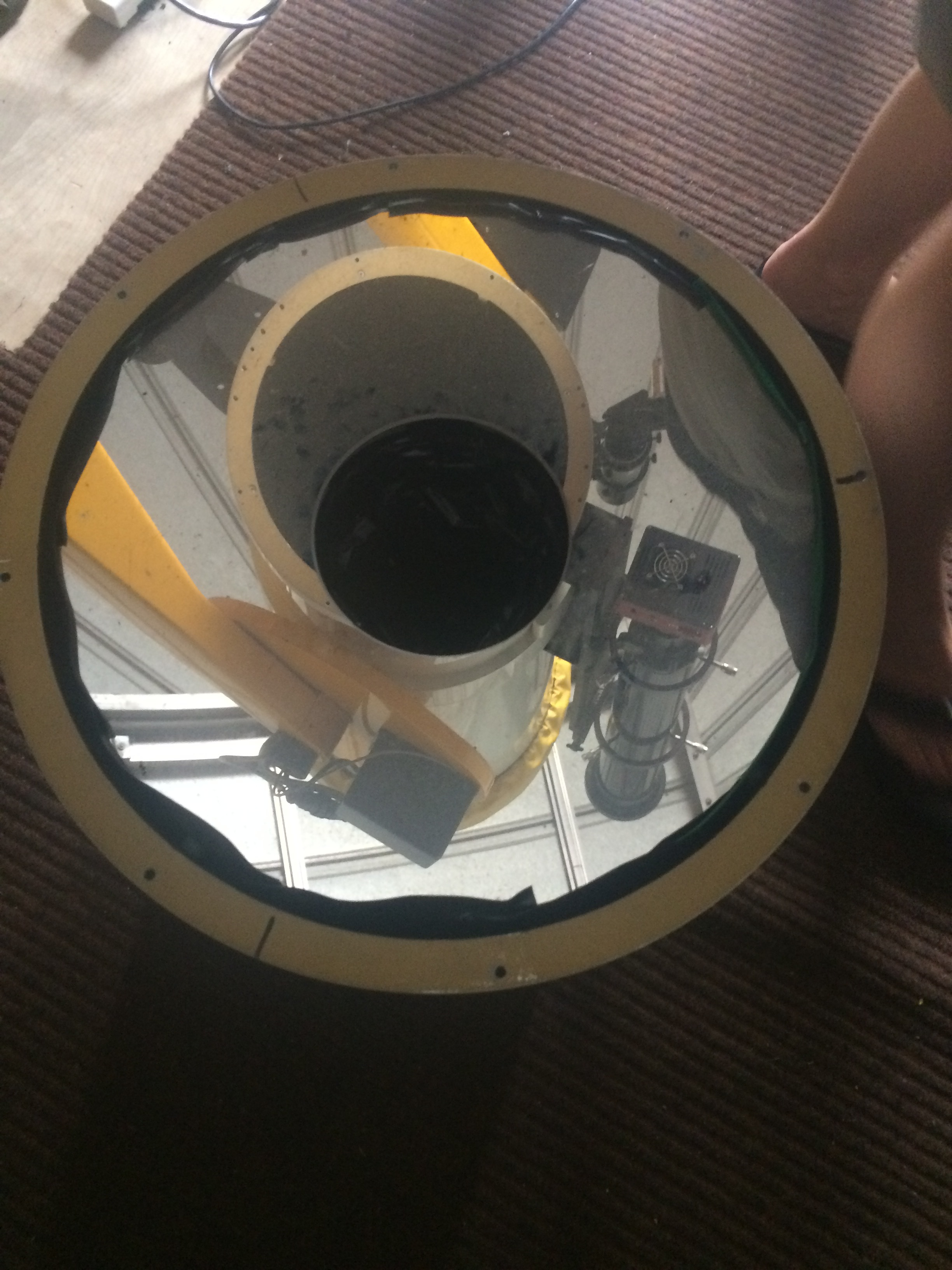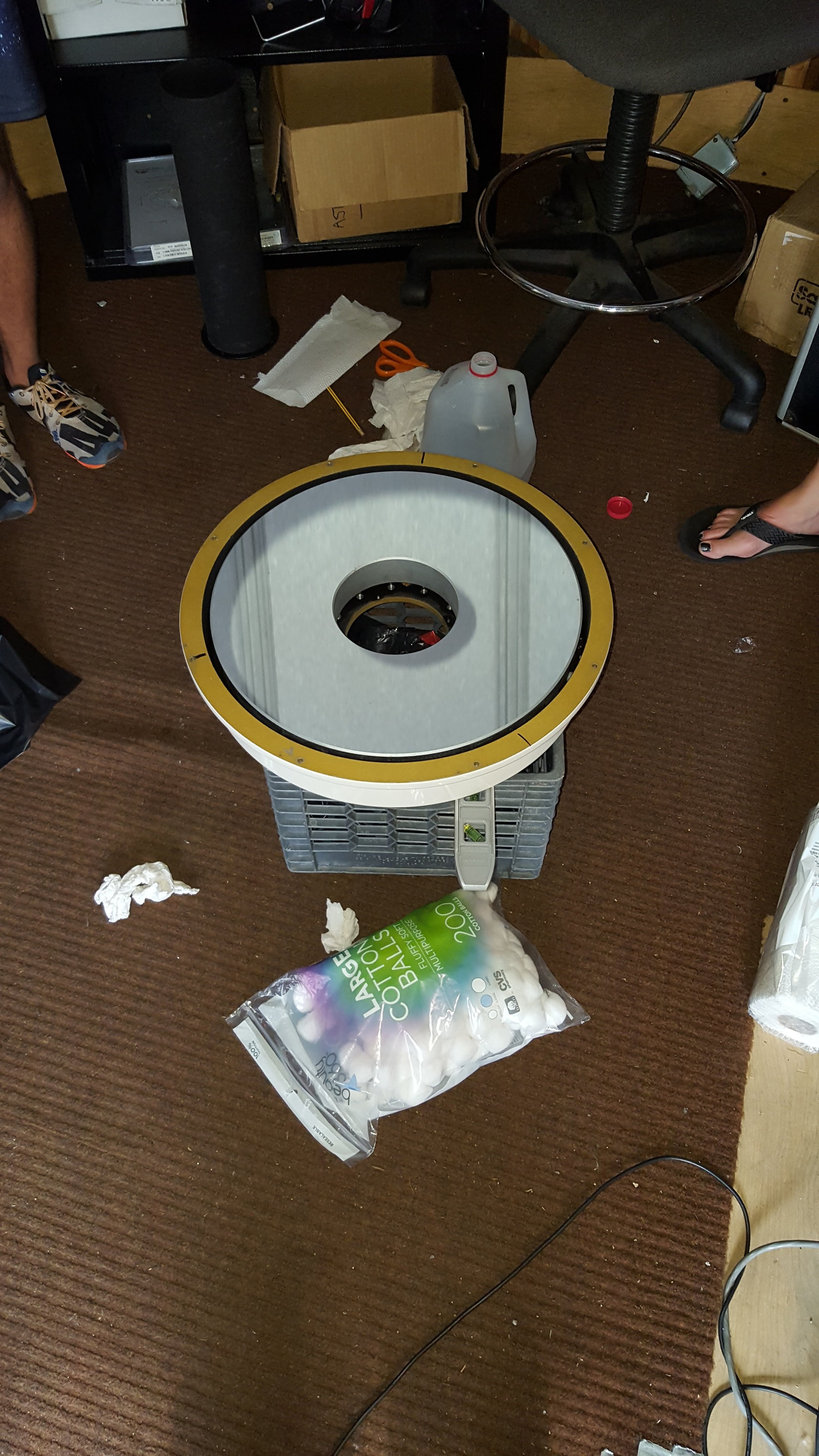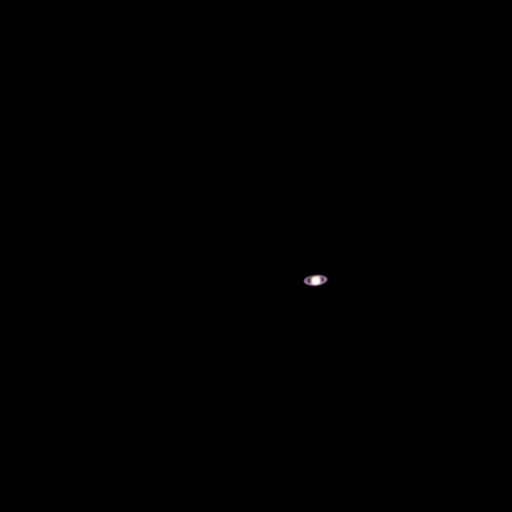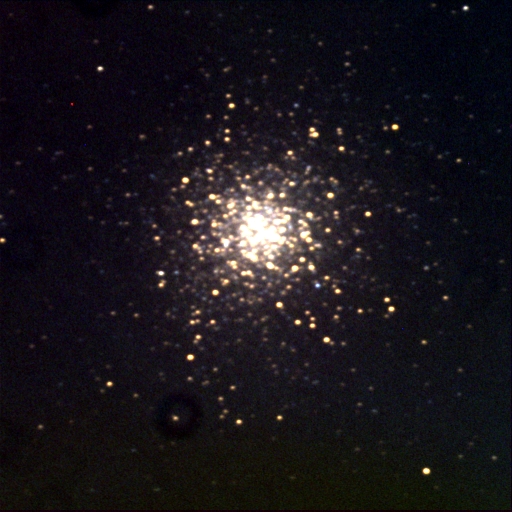In the 2017, a film crew came to one of our group meetings. My advisor introduced them as a team from PBS's NOVA science channel and said they would like to get some footage of astronomy in action.
It was about one hour of filming that would be edited into the final episode and the team did a fantastic job. Our specific role was to show how exoplanets are studied and to give people an idea of which types of planets are most interesting to astronomers looking for planets that can host life (particularly as we know it).
Seeing this episode also reminded me of how long my hair used to be last year. I'll probably grow it out again someday:
My "thoughtful exoplanet finding" look, featuring: more hair than I currently have.
:^)


